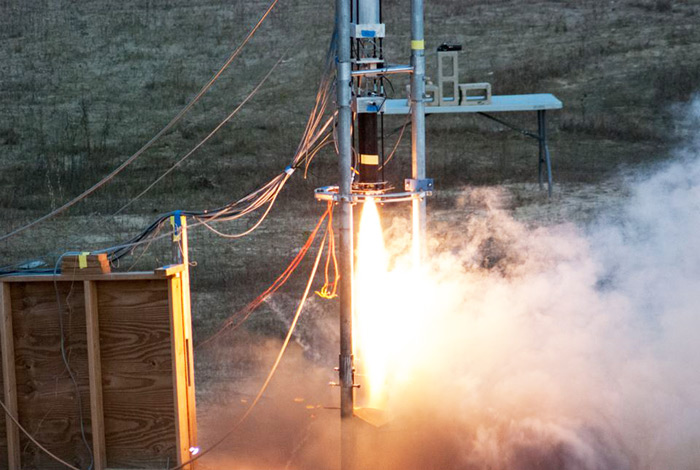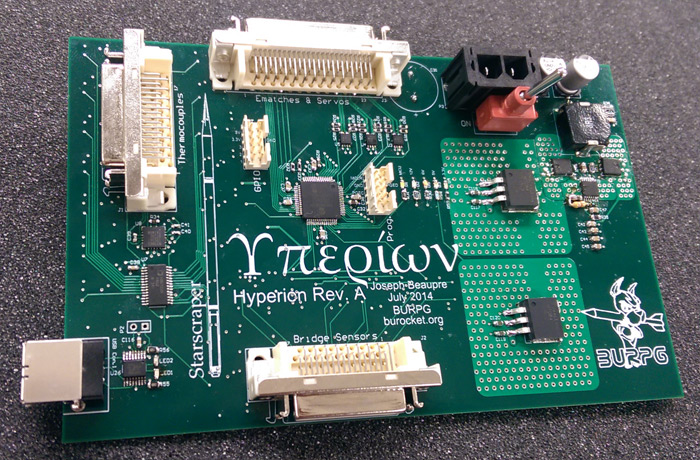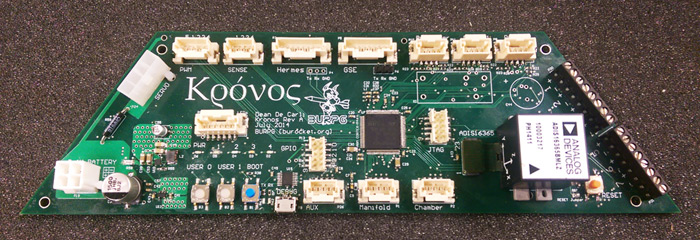This article is more than 1 year old
Laughing gas and rubber: A recipe for suborbital flight?
Boston Uni's hybrid Starscraper rocket aims for 100km
No experience necessary
Pedro had "no prior background in rocketry prior to coming to Boston", but had "always been very interested in space technology, and joined BURPG hoping to turn that interest into an engineering skill set that could help advance a career in aerospace".
He continued: "Freshman year was a lot of hands-on projects, and from there I began to get involved in more of the design and analysis projects. Currently I'm working on Starscraper's carbon fibre combustion chamber."
BURPG has developed plenty of kit on the road to Starscraper. Central to that process is the building of a viable hybrid motor, which to date has seen the team advance to the MK IV unit, the basis for the final Mk V. En route there have been firings of a sub-scale Mk IIb, to test the basic tech.

A BURPG MK IIb motor test
The group has also put together and flown the "ASTRo" (Actively Stabilized Test Rocket) rocket to serve as a test bed for Starscraper's directional control system.

BURPG members flash ASTRo
This and other flight systems are run by a pair of custom-built boards – Hermes and Kronos – while there's a Hyperion system for pre-flight ground operations. Pedro explained: "Hyperion has a barebones programmed microprocessor that reads various load cells, pressure sensors and thermocouples, and controls valves. Our ground station also has an Intel NUC at its brain, of which Hyperion acts as its interface to our test site.

Hyperion
"Kronos and Hermes are our avionics boards. Kronos is the flight computer, which has our inertial measurement unit. It monitors many sensors on the rocket and controls the throttle and LITVC. It also runs our stabilisation algorithms and networks with Hermes. Hermes streams sensor data to Kronos, and receives commands from Kronos to control the cold gas RCS thrusters.
"Additionally, Hermes controls the telemetry system. They are a new generation of our avionics system and they run ARM processors and a real-time operating system (RTOS). The RTOS has been instrumental in increasing reliability and decreasing development time, something that has plagued our electronics in the past."

